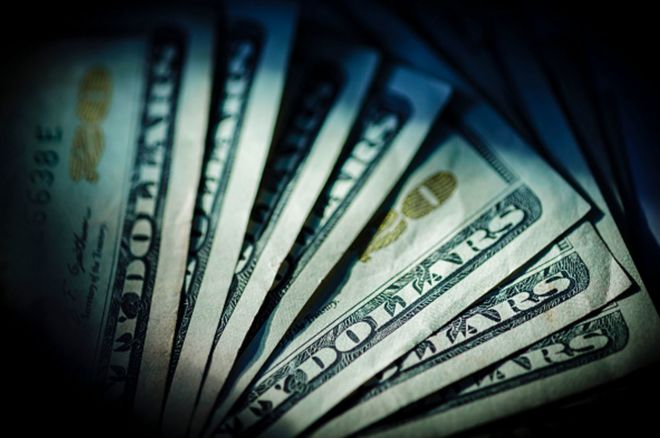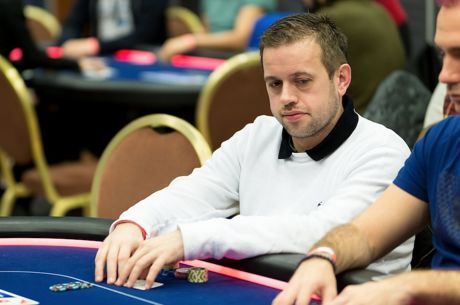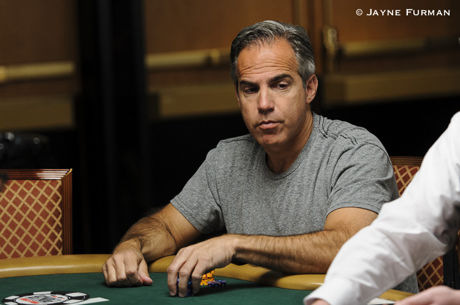World Series of Poker: Which Tournaments Should I Play?

You've been dreaming since last year's final table about going to the World Series of Poker in Las Vegas. You've decided to make that dream a reality. But now that you've booked your room and ticket, you're wondering exactly what events you're going to enter.
This article is meant to give you an idea of what your options are, so you can pick the right tournaments to fit your budget.
First of all, you don't need to have $10,000 for an entry into the Main Event that everyone knows about �� and which some equate with the entire World Series of Poker. The 2017 WSOP schedule actually includes 74 bracelet events, plus there are daily tournaments, satellites and a myriad of cash games running from May 30 until July 17.
The tournament buy-ins range from less than $1,000 all the way up to the $111,111 High Roller for One Drop, with numerous $1,000, $1,500, $2,000, $3,000 and $10,000 events in between. So if you either don't have $10,000 or don't want to spend it all on a single tournament, there are many smaller buy-in options available.
There's also the option of playing a satellite into one of the bracelet events, including the $10,000 Main Event. Satellites come in one of two varieties. A regular single-table satellite has 10 players and awards a single seat to the winner. If you're playing for a seat into a $1,000 event, for example, the satellite buy-in is $125. The players compete for a single $1,000 seat �� winner take all.
The other variety is a "mega" satellite. In these multi-table events, typically the top 10 percent of finishers will end up with a seat to a bracelet event. In addition, there are two-tiered satellite events in which players win seats to a bigger satellite event, which then awards seats to the bracelet event.
Your options aren't limited to WSOP bracelet events, either. There are also four additional tournaments in the Rio each day �� the "Daily Deepstacks" �� for which the buy-ins range from $135 to $365. And if you want a change of pace, you also have the option of playing cash games, offered around the clock during all 49 days of the WSOP.
As you plan your summer in Ls Vegas, I suggest asking yourself the following questions before you start the process of buying in to any of the tournaments (something you can do in advance, by the way, to save yourself the time and inconvenience of standing on line):
1. How long are you going for?
The answer to this question informs all of the other questions you'll need to answer. If you're just going for a weekend, then you likely can't play in any bracelet events as they generally take a minimum of three days. You'll want to focus on the Daily Deepstacks and the cash games. If you're going for longer, then your options open up.
2. How much money do you have for the trip?
If your total poker bankroll is $10,000, don't plan on buying into the $10,000 Main Event. You have to figure in travel, accommodations, food and the like.
If you do have exactly $10,000, you still might be able to plan on entering the Main Event, but you'd have to win a seat via a satellite. Maybe you want to plan on entering another event for $1,500, and also playing in a couple of satellites to the Main Event. If you win either of them, or have a nice cash in the tournament you're playing in, you can use your winnings or your satellite win to get your seat in the Main.
3. When do you want to go?
The 49-day schedule generally features two new tournaments starting each day. Maybe you can only get away for a given week. Take a look at the tournaments offered during that time, but make sure to account for the entire duration of each tournament.
If your departure date is June 19, then you won't want to sign up for a bracelet event on June 17, 18 or 19 as you'll be flying back before the final table is over. On the other hand, maybe you figure that if you make the final table of any event, you won't mind postponing your departure and paying the change fee for your return flight. Even so, it's something you'll need to consider when planning your trip.
4. Which tournaments do you want to play?
Using your bankroll for the trip and your schedule for arrival and departure as a guide, which tournaments do you think you'd like to enter? Maybe you only have $2,000 to spend on poker and you really like pot-limit Omaha. Check the schedule and see when those events are scheduled.
For example, if you only have a week, it may make sense to arrive on Monday, June 12 to play in the $1,000 PLO event the following day, or perhaps aim for the following Tuesday in order to play in the $1,500 PLO event that starts Wednesday, June 21.
5. What's your backup plan?
Poker, as we know, is a game of probability, not certainty. Accordingly, you'll want to think about not just what you'd like to do as far as playing events goes, but also what you'll do if you aren't successful.
Specifically, let's say you plan on entering a $1,500 event on June 30. While you may go on to play in that event for three days, and take down a six-figure prize on July 2, you should also give some thought about what you might do in the event you don't make it to Day 3 of this event. Maybe your plan was to play in a satellite to a $10,000 event, but you bust out early. Do you play in another satellite, play in an inexpensive bracelet event, buy in directly to the $10,000 event, or give up on those events entirely and focus instead on the relatively inexpensive Daily Deepstacks?
You want to avoid shooting through your entire bankroll for a single buy-in or two on the first day of a seven-day trip, only to find yourself without any money to play for your remaining six days. Also, if the principal goal of a seven-day trip is to enter at least one bracelet event, avoid burning through your bankroll in cash games and daily tournaments, then finding yourself too short of funds to buy into the event that prompted your trip in the first place.
Conclusion
I've found it useful to plan my trip around one or two major tournaments, making sure that I'll have the time to complete them and still return home on my original ticket. I segregate the money I'll need for buy-ins from the rest of my funds for the trip. I'll then use whatever else I have left to play in cash games, daily tournaments and maybe one or two satellites to the major tournaments.
If I win a satellite, all the better, as I'll save the full cost of buying in. But if I bust out, I'm not broke, and I can still enjoy the rest of my trip, as I've budgeted my money ahead of time and have played within my means. I also make a point of never using an ATM or credit card to supplement my playing funds, so I never bring any poker losses home with me.








